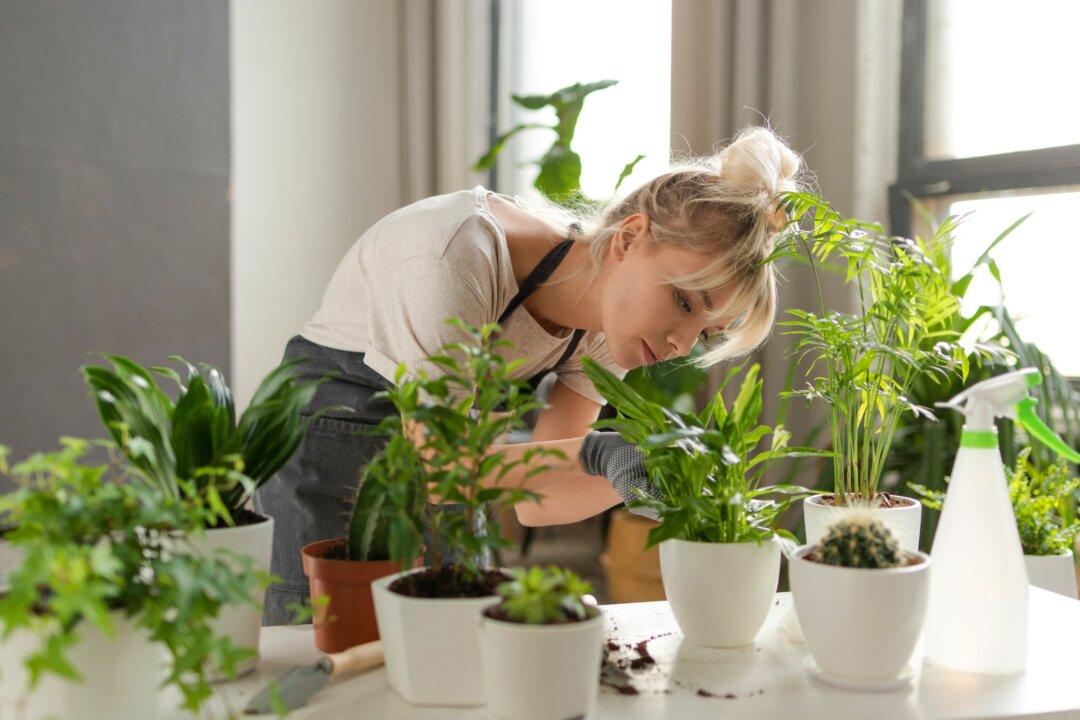Are the leaves of one of your favorite plants turning yellow, but you can’t tell why? There are several possible causes for the discoloring of foliage.
Here’s an infographic created by Safer Brand to help you figure out what might be happening to make your greenery go yellow, and how you can go about fixing it.




